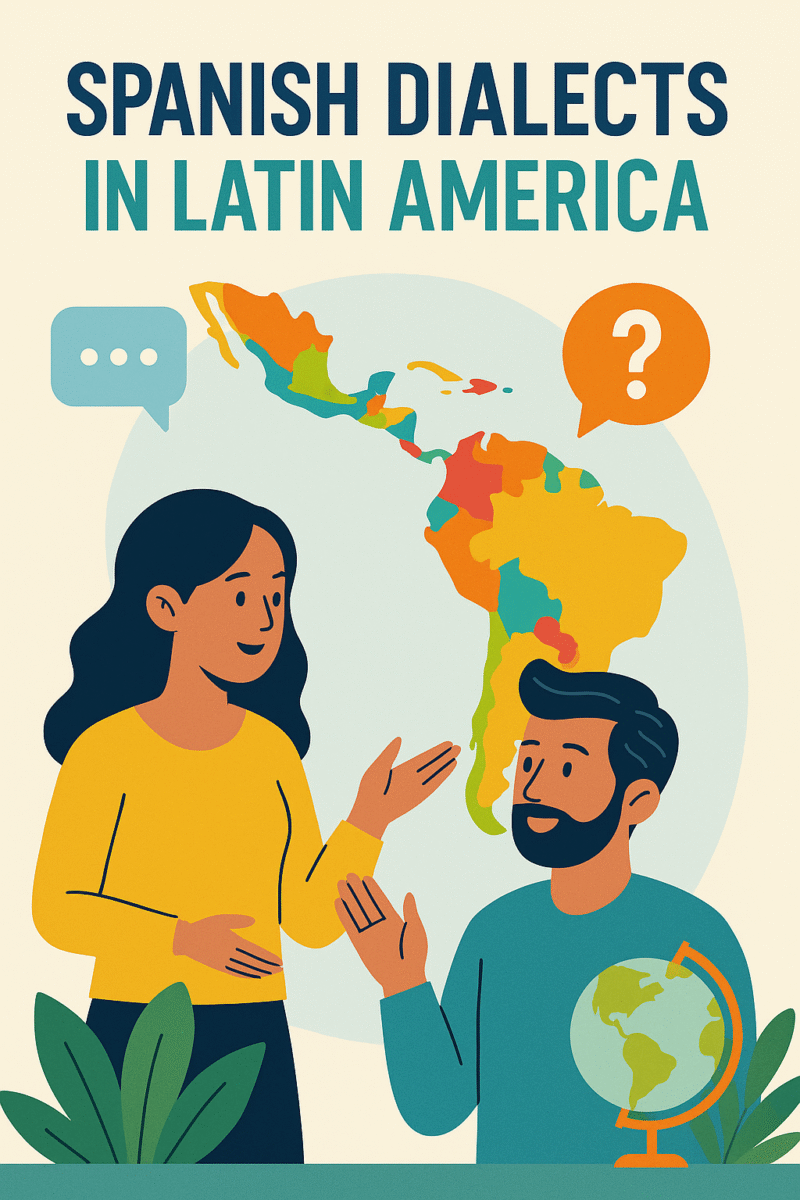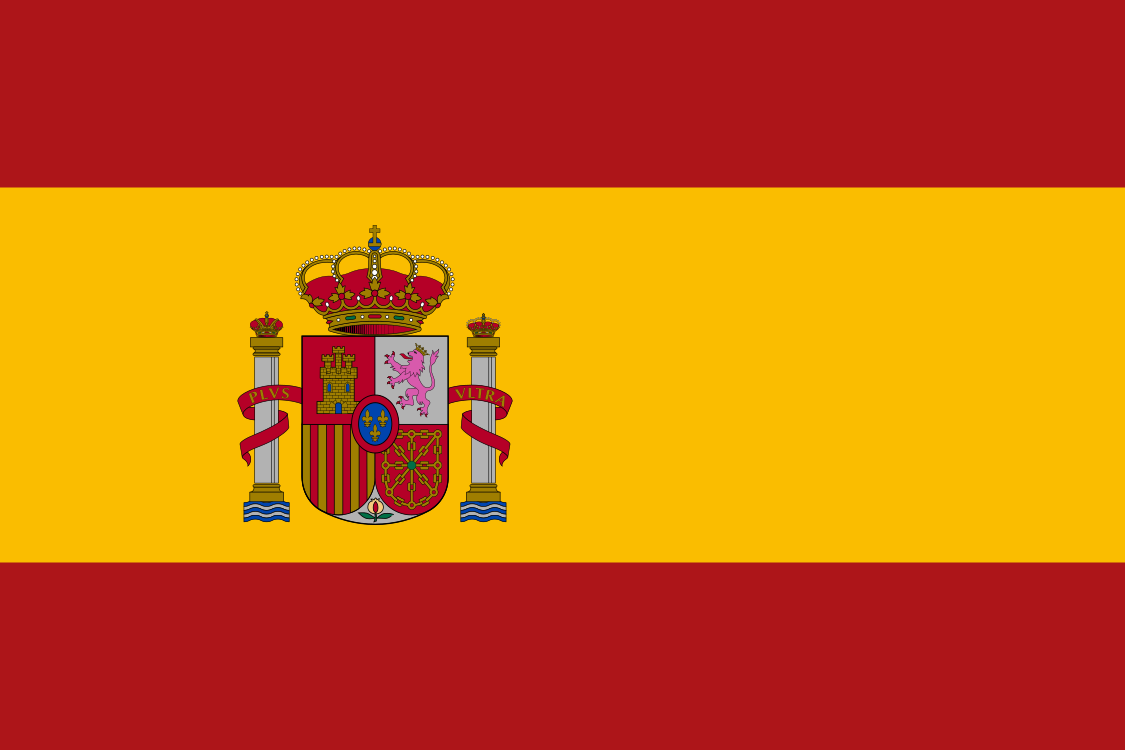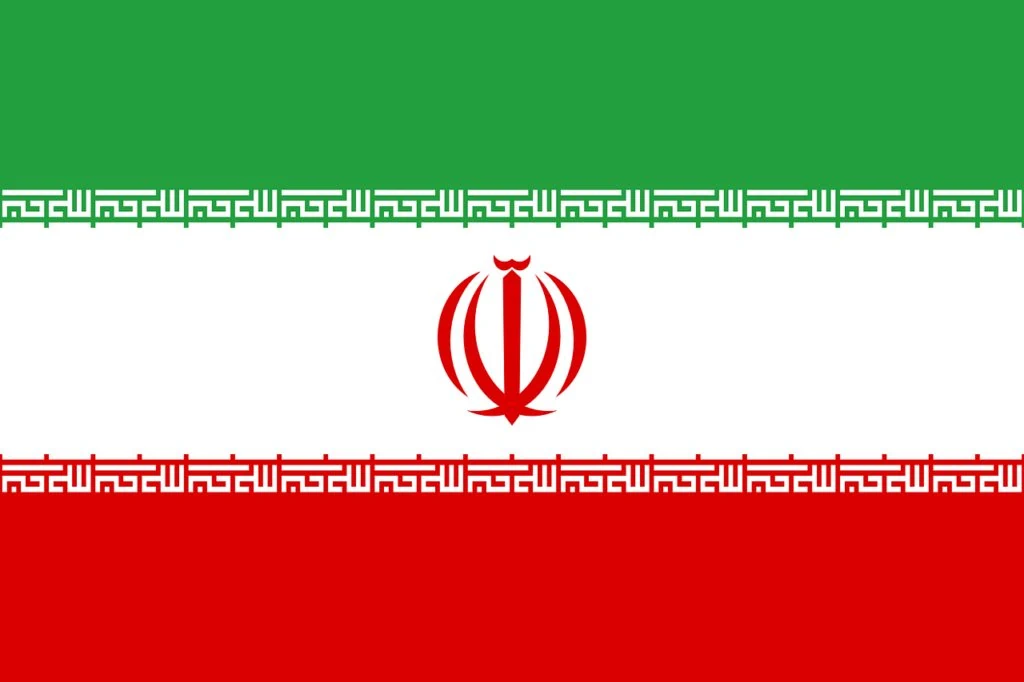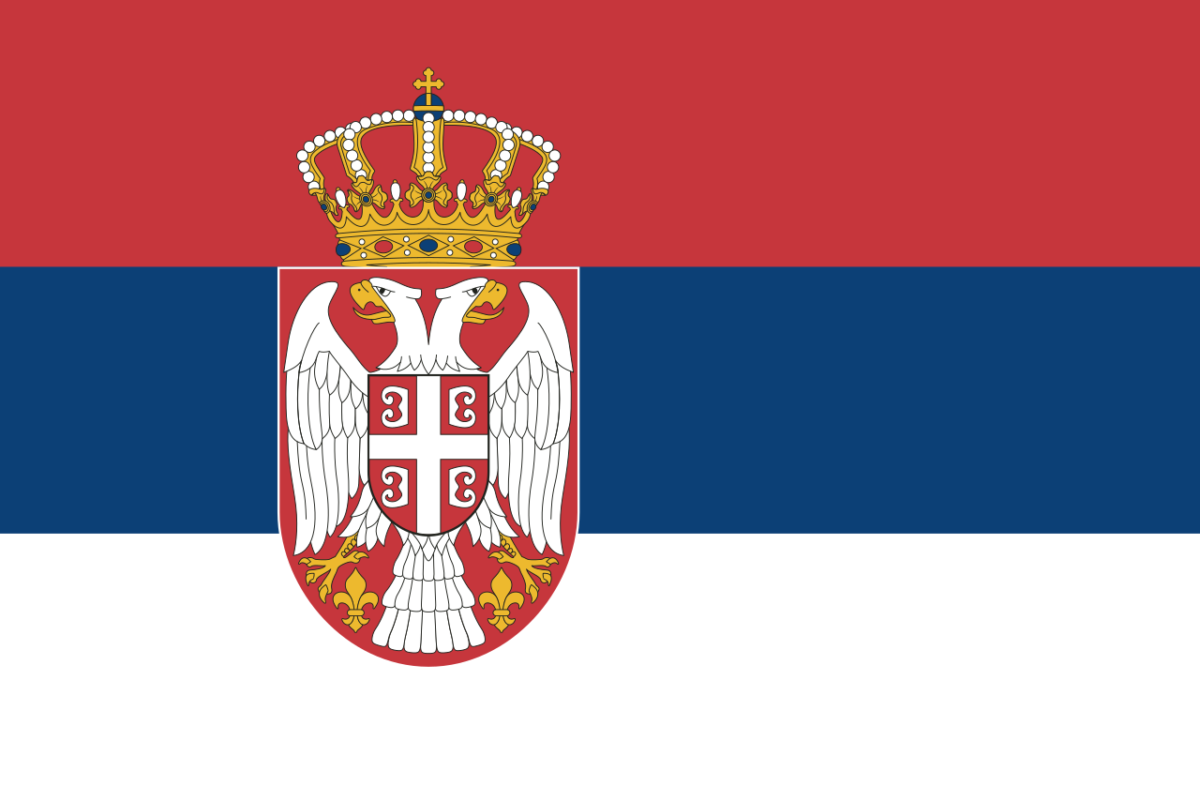🗣️ Entdecken Sie, wie die Sprachenvielfalt Identität und Kommunikation auf dem gesamten Kontinent prägt.
Einführung
Bevor Sie in die pulsierende Welt des lateinamerikanischen Spanisch eintauchen, laden wir Sie ein, alle Sprachen, die wir unterrichten, zu erkunden:
👉 Wählen Sie Ihre Sprache
Spanisch wird von mehr als 90% aller spanischen Muttersprachler auf der Welt gesprochen - und die meisten von ihnen in Lateinamerika. Das bedeutet aber nicht, dass die Sprache in der gesamten Region gleich ist. Von Chile bis Mexiko, von Argentinien bis Kolumbien hat jedes Land - und oft auch jede Region - seine eigene Version des Spanischen, die durch Geschichte, Geografie und Kultur geprägt ist.
In diesem Artikel erklärt Professor Tony Artigas die faszinierenden Merkmale des lateinamerikanischen Spanisch und wie sich seine Dialekte voneinander - und vom europäischen Spanisch - unterscheiden.
📌 Dies ist der spanischsprachige Originalartikel von Professor Tony Artigas. Die offizielle Veröffentlichung finden Sie in seinem Blog hier:
🔗 https://tonyartigas.blogspot.com/2025/05/spanish-dialects-in-latin-america-by.html

Der reiche Wandteppich des Spanischen in Nord- und Südamerika
Das Spanisch Amerikas ist die Gesamtheit der sprachlichen Varietäten des Spanischen, die auf dem amerikanischen Kontinent gesprochen werden und 90% der Spanischsprechenden auf dem Planeten ausmachen. Das spanischsprachige Amerika ist jedoch kein monolinguales Gebiet. In vielen Ländern der Region werden zwei oder mehr Sprachen verwendet, die neben dem Spanischen existieren - von indigenen Sprachen über Kreolisch bis hin zu Deutsch in einigen Gebieten Chiles.
Das Spanisch in Lateinamerika weist starke Ähnlichkeiten mit den andalusischen und kanarischen Dialekten auf, hat aber auch eigene Züge:
- häufige Verwendung von englischen Entlehnungen
- Einfluss der Muttersprachen
- einzigartige idiomatische Ausdrücke
Gemeinsame sprachliche Merkmale
Trotz aller regionalen Unterschiede gibt es in Lateinamerika einige Gemeinsamkeiten:
- SeseoAussprache von c und z wie s
- Voseo: Verwendung von "vos" anstelle von "tú"
- Yeísmo: Verschmelzung der Klänge von ll und y
Diese allgemeinen Trends sind nützlich, aber das Bild wird komplexer, wenn wir bestimmte Regionen untersuchen.
Dialektübersicht nach Region
Jedes Land - und oft auch jede Region - hat seine eigene Identität. Hier sind nur ein paar Beispiele:
Mexikanisches Spanisch 🇲🇽
- Klare Aussprache von Konsonantenclustern wie -ct- und -pt-
- Weit verbreitet seseo
- Häufige Verwendung des Intensivierungsmittels le (z.B.. ándele)
- Starker Einfluss von Nahuatl Wortschatz
- Präferenz für platicar über hablar
Chilenisches Spanisch 🇨🇱
- Mittelhohe Tonlage und schneller Rhythmus
- Angesaugt oder gefallen S klingt
- Häufige Verwendung von queísmo und dequeísmo
- Palatalisierte Aussprache von j, k, g
- Einfluss von Mapuche und Quechua Wortschatz
- Informelle Verwendung von tú eri anstelle von tú eres
Argentinisches Spanisch 🇦🇷
- Musikalische Intonation aufgrund der italienischen Einwanderung
- Stark Vokalverlängerung
- Aussprache von ll wie /ʒ/ oder /ʃ/
- Einzigartig voseo mit seinen eigenen Verbkonjugationen
- Verwendung von lunfardo, ein lokaler Slang mit reichen kulturellen Wurzeln
Warum das wichtig ist
Das Verständnis dieser dialektalen Nuancen ist für eine effektive Kommunikation unerlässlich - und um die kulturelle Identität hinter der Sprache zu verstehen. Ob Sie nun reisen, Geschäfte machen oder Spanisch lernen - dieses Wissen vertieft Ihr Verständnis und öffnet neue Türen.
🏫 Über den Autor
Professor Tony Artigas
Sprachlehrerin, Kulturforscherin und Autorin von Artikeln über Kommunikation, Dialekte und Spracherwerb.
📚 Erfahren Sie mehr über unsere Programme
Die Levitin Language School bietet maßgeschneiderte Spanischkurse, die auf Ihre Bedürfnisse, Dialektpräferenzen und Ihr Sprachniveau abgestimmt sind - mit Muttersprachlern und zertifizierten Lehrern aus Lateinamerika und Spanien.
👉 Entdecken Sie unsere Spanisch-Programme
























